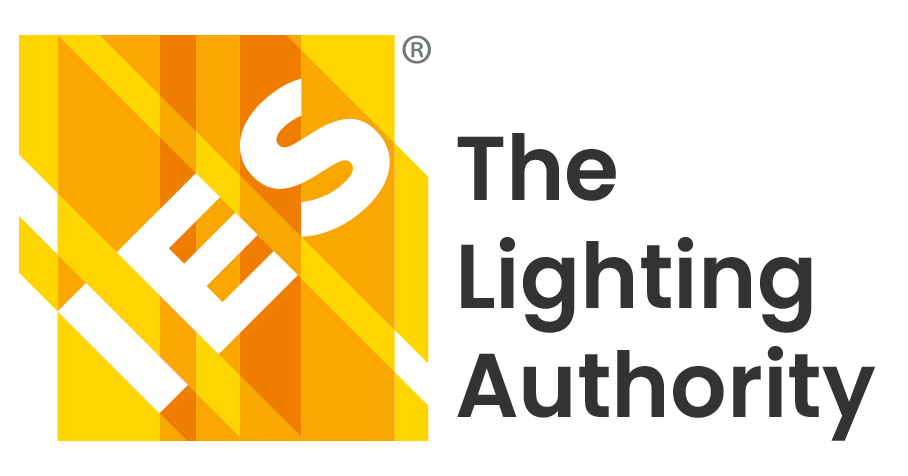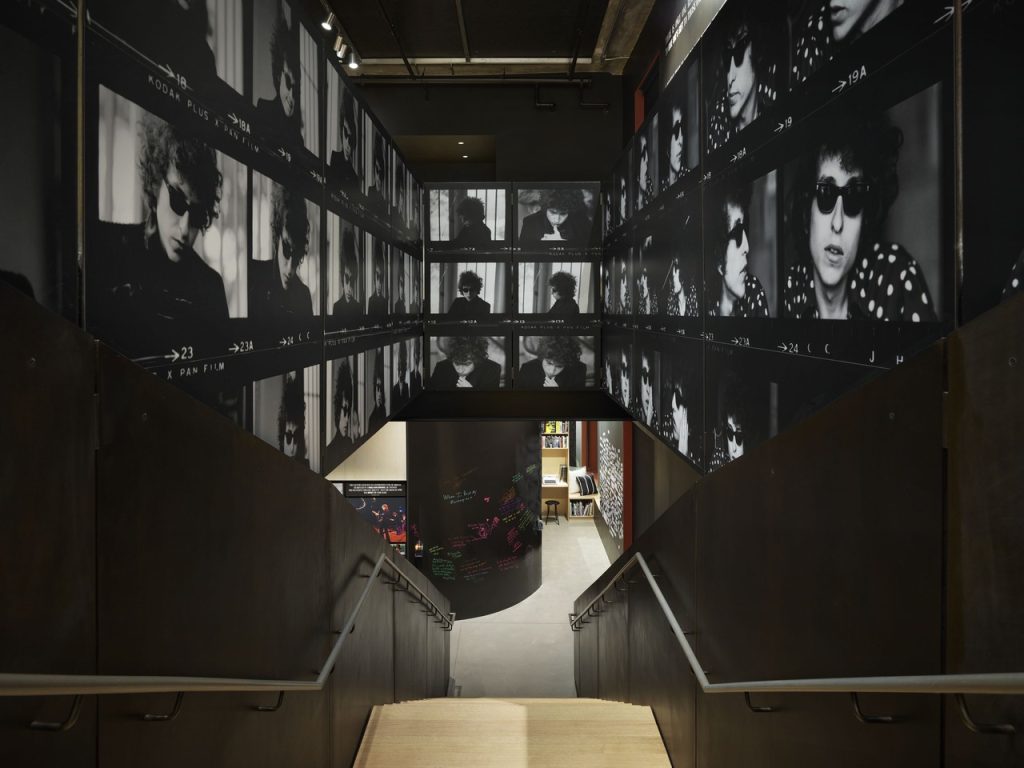The Bob Dylan Center showcases the musician’s life and legacy
Widely regarded as one of the best songwriters of all time, Bob Dylan has racked up the accolades including 10-time Grammy Award winner, Nobel Prize recipient and one of Time magazine’s 100 most influential people of the 20th century. The celebration of the more than 60-year career of an artist who has transcended music called for a “high-impact” museum. In May 2022, the Bob Dylan Center in Tulsa, OK, opened its doors, serving as the primary public venue for the Bob Dylan Archive, with a collection of over 100,000 items including handwritten manuscripts, notebooks, correspondence, films, videos, artwork, memorabilia and original studio recordings.
The center’s lighting was designed by Tillotson Design Associates (TDA) to create an immersive experience and celebrate the story of the musician’s life through “precise and thoughtful illumination” of items either previously owned or conceived by Dylan, said Eduardo Zepeda, senior lighting designer at TDA. Lighting layers were curated to seamlessly integrate into the museum’s architecture and dark ceilings to highlight memorabilia and archive materials as well as emphasize the character of each space.
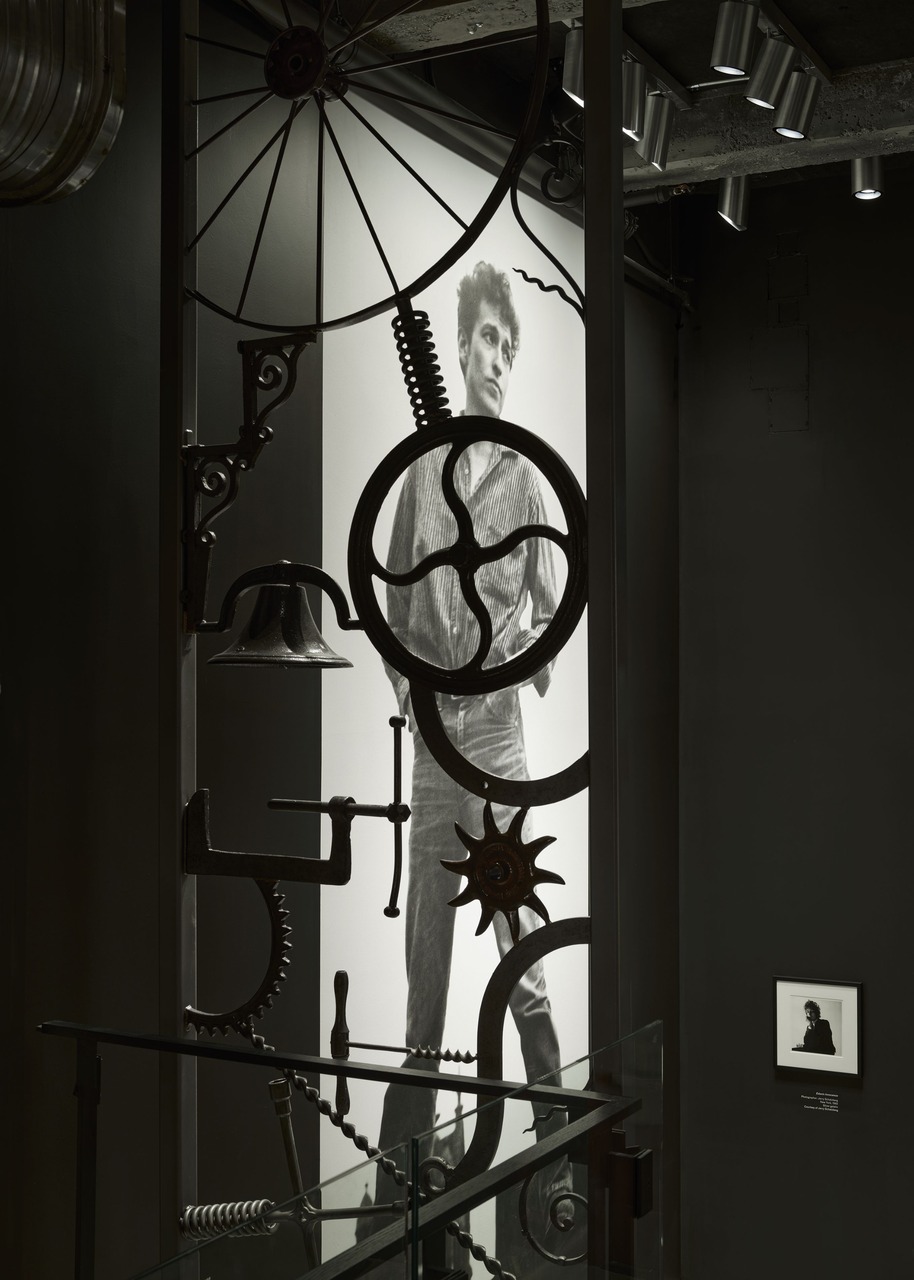
The center’s entryway features an open screen, designed by Dylan, which is defined in silhouette by back-illumination of a full-height poster and subtle form-defining lighting from Litelab framing projectors. The immersive gallery features lighting projections on the walls and Litelab shield track lights, which accentuate key elements, such as a piano and sheet music.
“The ‘Six Eras’ gallery houses a collection of different musical timelines, [and] a combination of three lighting layers is used in harmony to accentuate displays: discrete framing projectors for front lighting; integral linear LED tape, curated to evenly illuminate cases with solid backdrop; and miniature accent lights used only in backless cases to avoid glare,” explained Suzan Tillotson, founding partner at TDA. “These lighting layers were extensively studied via mock-ups to ensure the quality of lighting would be low glare, minimize shadows and provide consistent light levels per curatorial standards.”
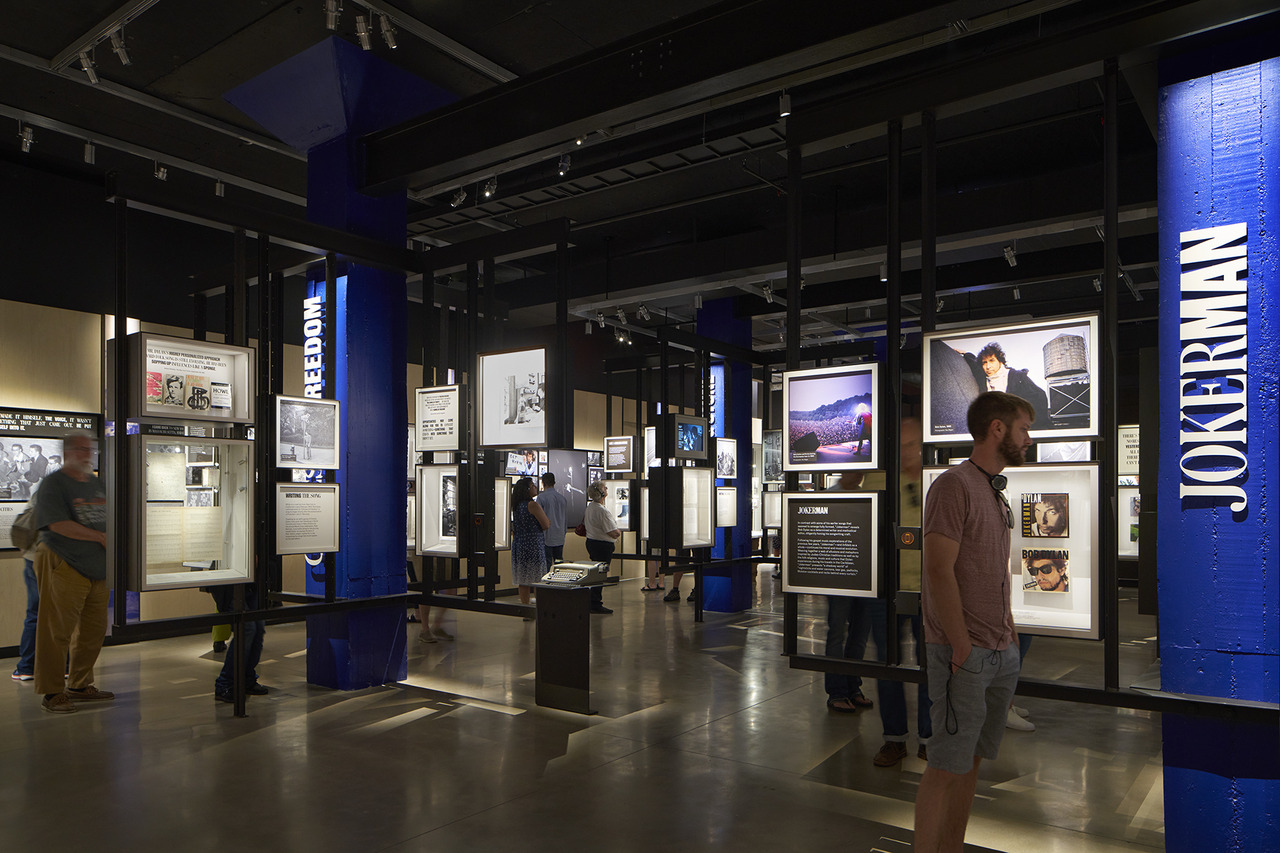
Since the project was located in a preexisting gallery, one of the biggest challenges was to reuse as much of the existing track system as possible and retrofit track heads with LED lamps while also integrating new LED technology to achieve the precise lighting effects required. Litelab track heads, a Litelab track system, Soraa PAR30 retrofit lamps, Backlight LED Panels and Eklipse Lighting shelf-integrated linear fixtures and miniature track heads were all employed; very-high CRI (95+) LED technology was used throughout the museum in point sources such as downlights, retrofit track heads, spotlights, framing projectors and linear fixtures. Extensive testing of different lighting products was conducted in TDA’s New York City studio to find the right combination of layers.
In some instances, shelves required internal illumination, where an opaque backdrop surface worked well with linear diffuse lighting. In other areas, the shelves are completely transparent on both sides, so, to avoid glare, spotlights were installed. Transparent displays housing Dylan’s jackets and personal notes, as well as displays with opaque backdrops holding concert tickets and records, also required internal illumination. The “Six Eras” exhibit also features cases with photographs that were backlit, where no integral lighting was used due to depth restrictions, resulting in the use of a track system.
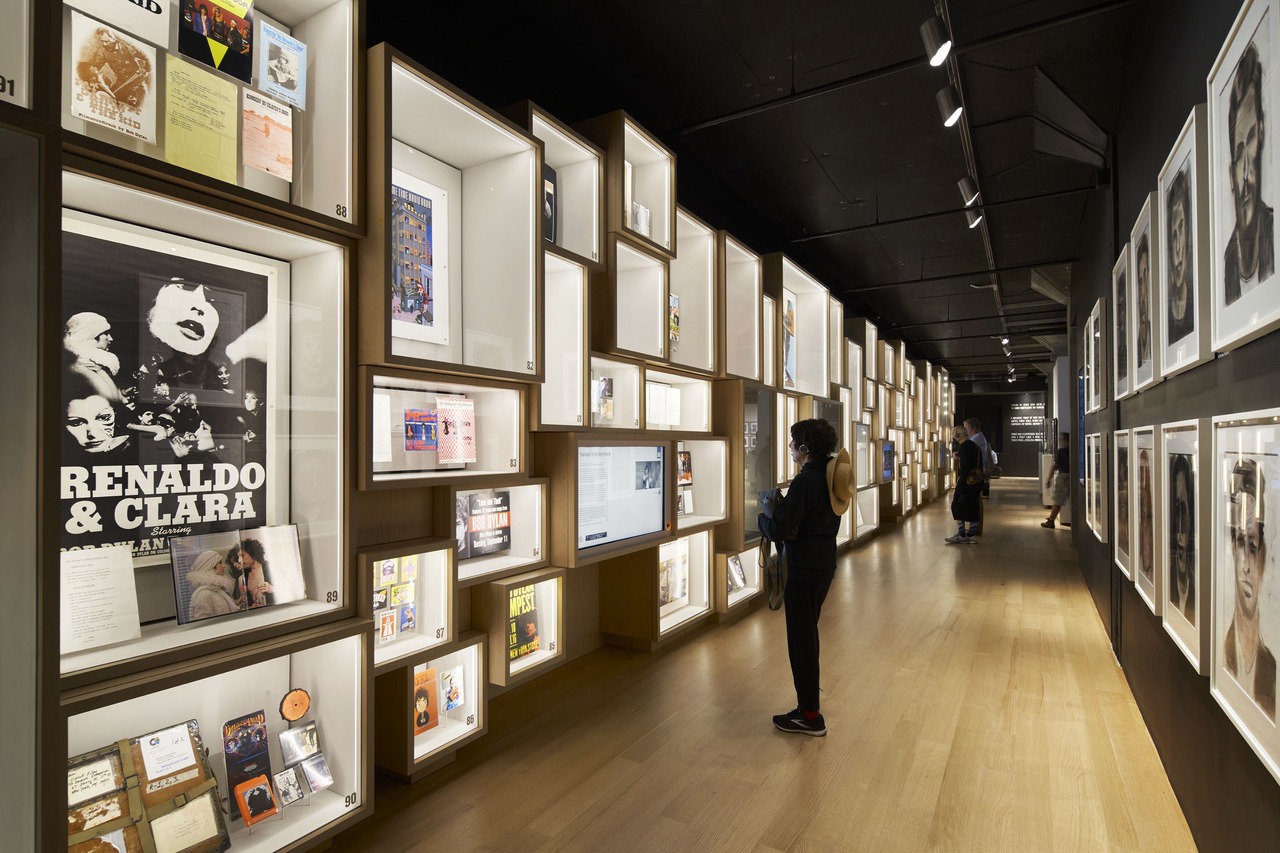
“These unique circumstances required specific tailored solutions where the biggest challenge was to maintain effectiveness while keeping [solutions] discrete,” said Zepeda. “Every piece was relevant in the museum and deserved to be illuminated. The challenge of using varying lighting techniques with different manufacturers meant different color consistencies, brightness and glare, so our approach was to test and retest everything while also accounting for a great deal of flexibility in terms of accessories being able to be added on day two: framing projectors and integral localized dimming for track heads, linear fixtures and miniature spotlights.”
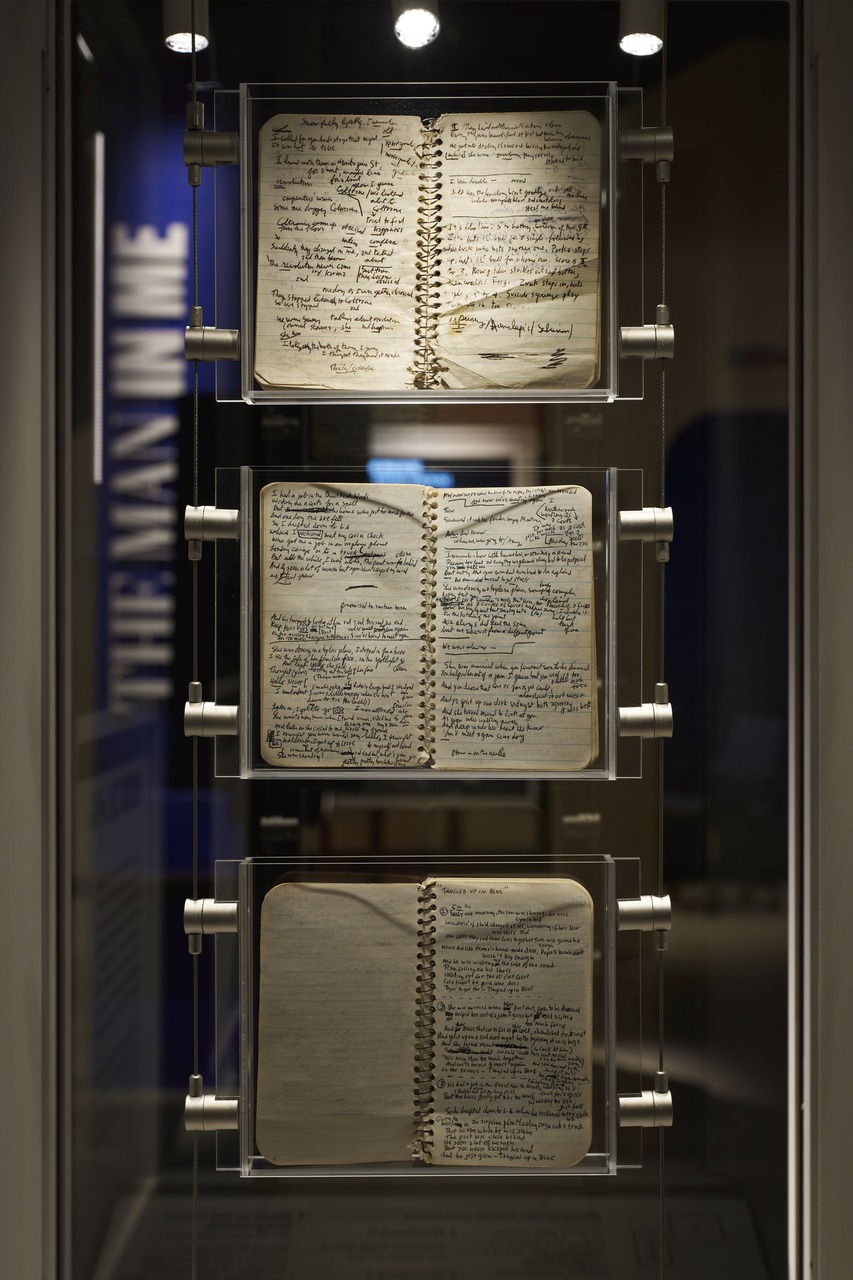
TDA was also tasked with utilizing the existing centralized Lutron lighting control system, which was more than 15 years old at the time construction began. Localized dimming at each artifact case was required to fine-tune the lighting levels per curatorial standards, and existing zones were very limited. With hundreds of artifact cases, TDA employed StudioPro Digital 6 Channel LED controllers for the exhibit cases. “This was by no means a cutting-edge technology, but given the project’s constraints, it was the best solution, ”Zepeda acknowledged.
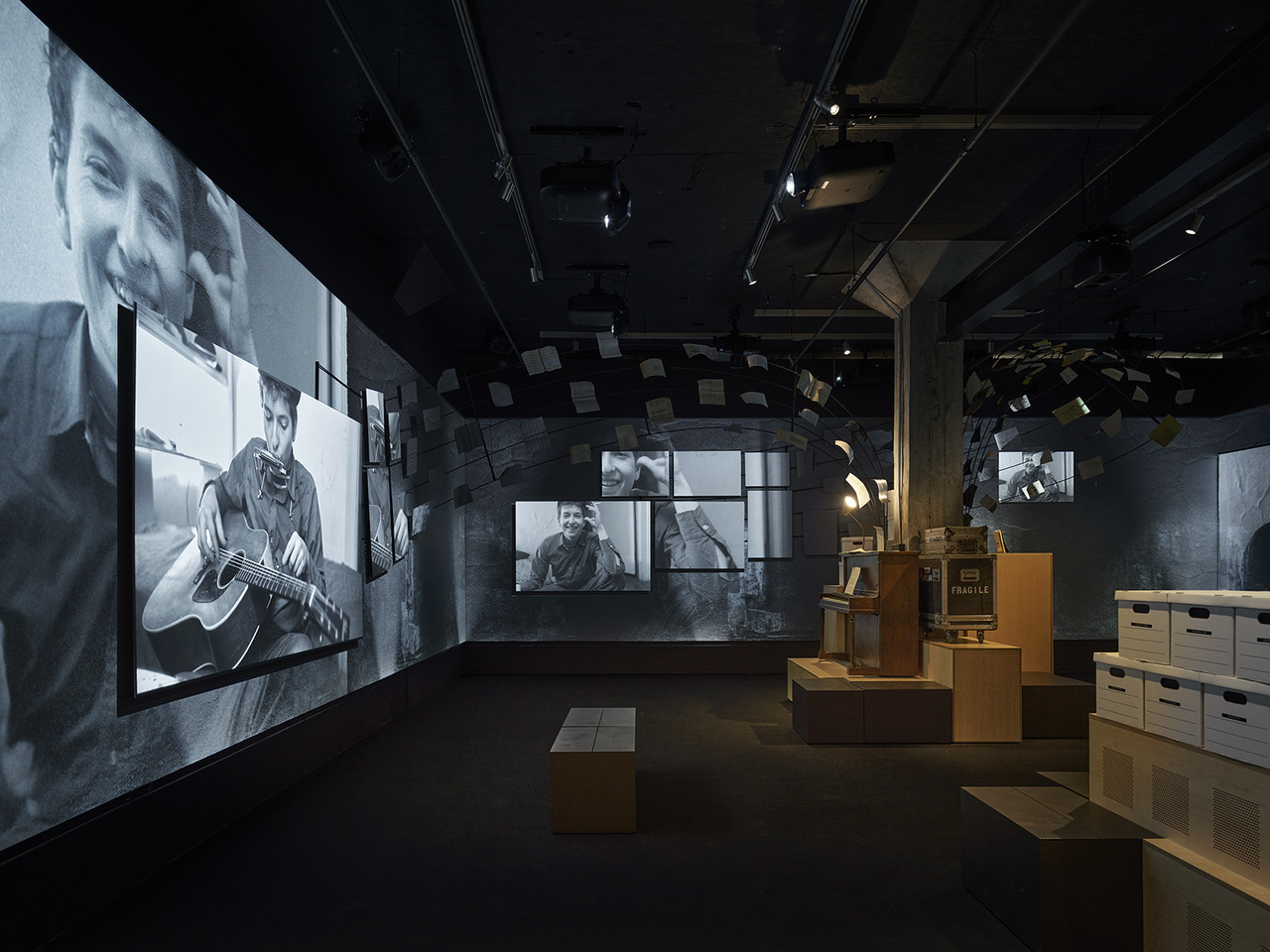
Jukeboxes located in the “Six Eras” gallery were accented through track lights and indirect cove lights in interactive studio “cabins” that create a relaxing environment for listening to records. Surrounded by black walls, a stairway was illuminated from above by imperceptible track lights to invite visitors to the second level.
Black and white prints located on sidewalls were illuminated through bounced light coming from the wood steps in combination with residual field angle light from Litelab track heads. Almost no direct lighting was used. All lighting for the archive wall on the second level was integral to the shelves and serves a dual purpose as corridor lighting. Linear LED tape was primarily used, except in instances where miniature mono-points help to tell a relevant story: either to illuminate a sack of unread fan letters fading to darkness, a stage tambourine or a rock-and-roll jacket worn by Dylan.
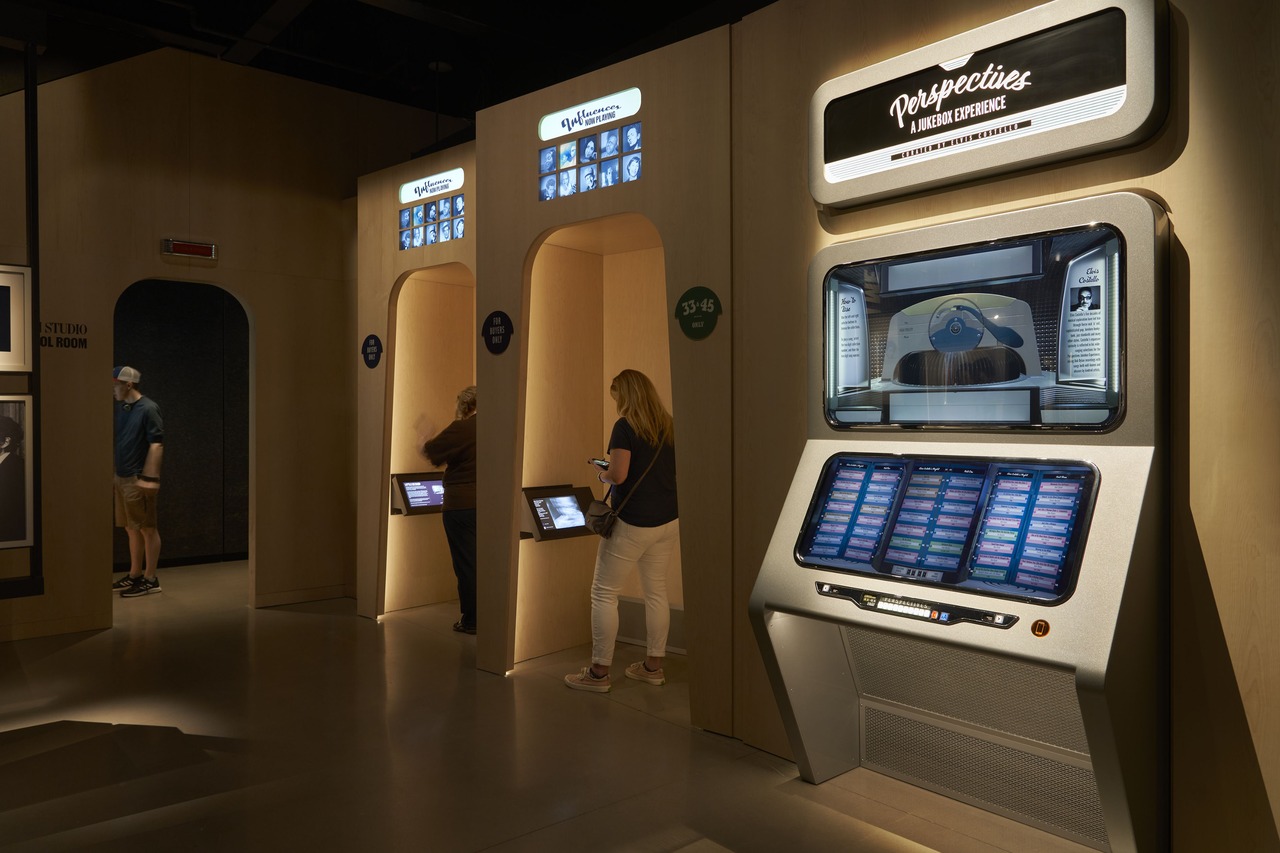
“There’s a great sense of responsibility when one considers the impact of the museum and how it will resonate with people who admire Bob Dylan,” Zepeda said. “It is probably the closest experience the public can have to look through a window into the personal life and achievements of one of the most influential artists of the last century.”
At A Glance
- The project received a 2023 IES Award of Merit.
- The museum is 17,500 sq ft, and the estimated cost of lighting fixture equipment was $30 per sq ft.
- Exhibit displays vary from 50 lux to 300 lux per curatorial standards.
THE DESIGNERS |
- Suzan Tillotson is founding partner at Tillotson Design Associates.
- Eduardo Zepada is senior lighting designer at Tillotson Design Associates.
- Mark Kubicki was formerly a principal at Tillotson Design Associates.
Photos: Matthew Millman
